![]()
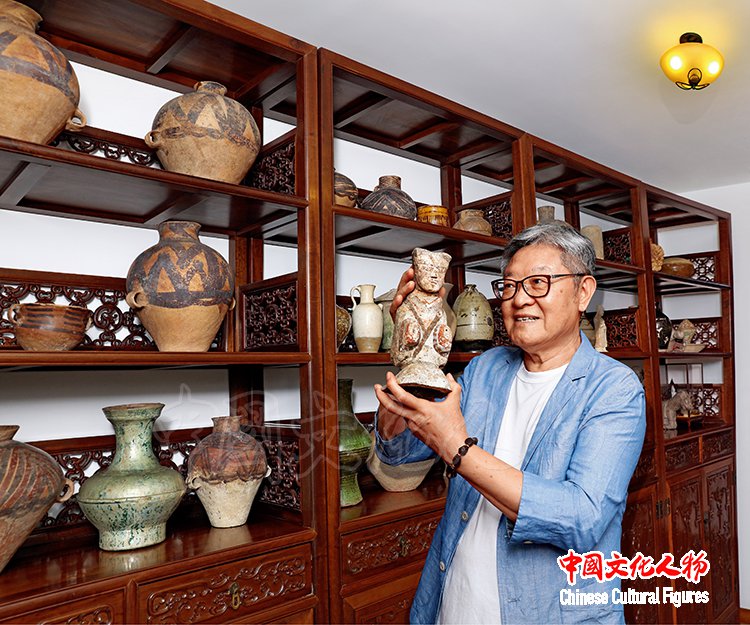
Jiang Baolin's artistic creation process is in line with China's comprehensive process of reform and obrushing up and truly going to the world. The contemporary and international nature of his works is also the spiritual portrayal of the process of this social transformation era.
[Chinese Culture People By Editor-in-chief Wang Baosheng/text and photo]
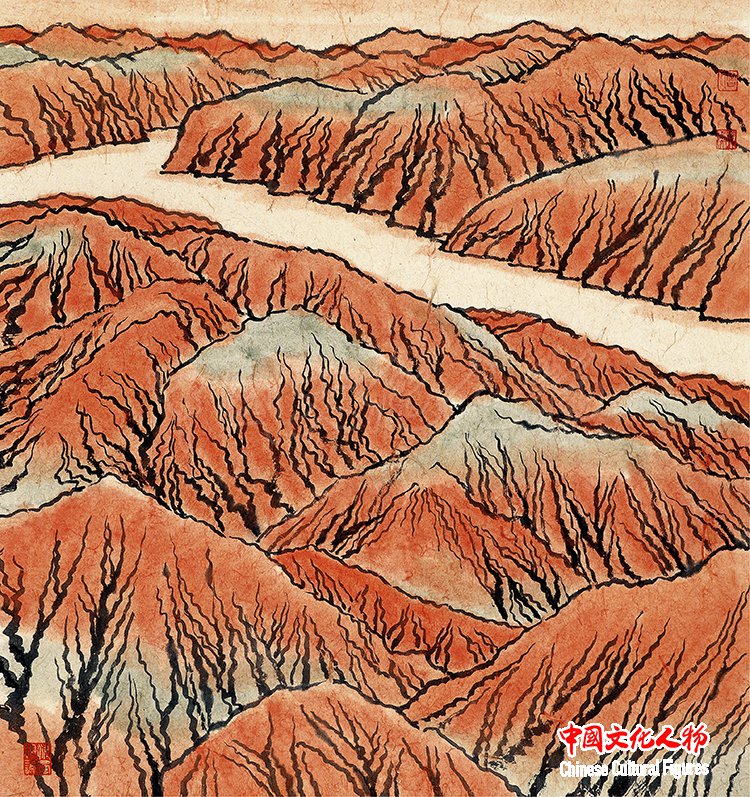
"Up and Down the River Shore" 97.5cm × 93cm, Jiang Baolin's works in 2004
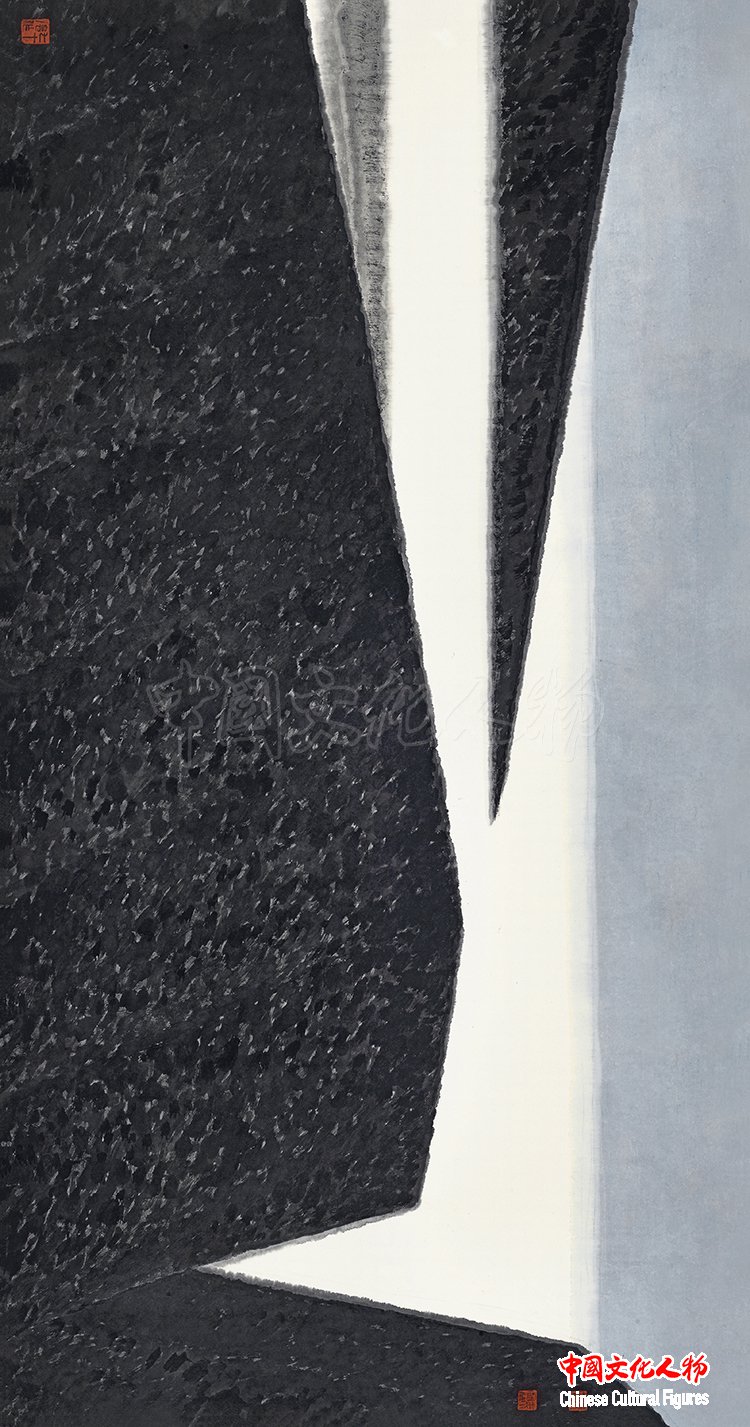
"2015·No.2 of Black, White and Grey Series " of 90×180cm, Jiang Baolin's works in 2015

"2018•No. 28" of 79.5x123cm, Jiang Baolin's works in 2018
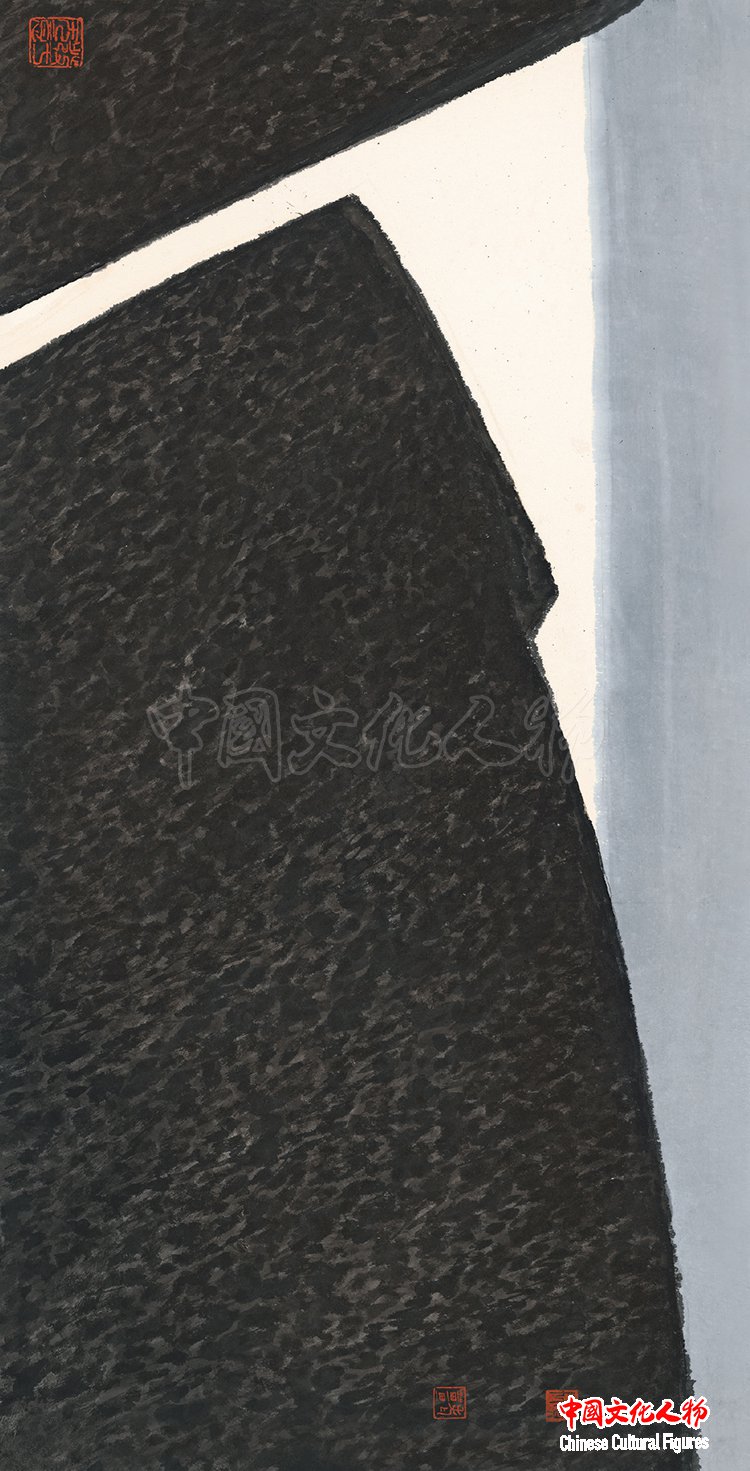
"2016•No. 3 of Black, White and Grey Series " of 70x138cm, Jiang Baolin's works in 2016

"2016·No.7 of Black, White and Grey Series" of 70x137cm, Jiang Baolin's works in 2016

"2017•No. 13" of 69x138cm, Jiang Baolin's works in 2017
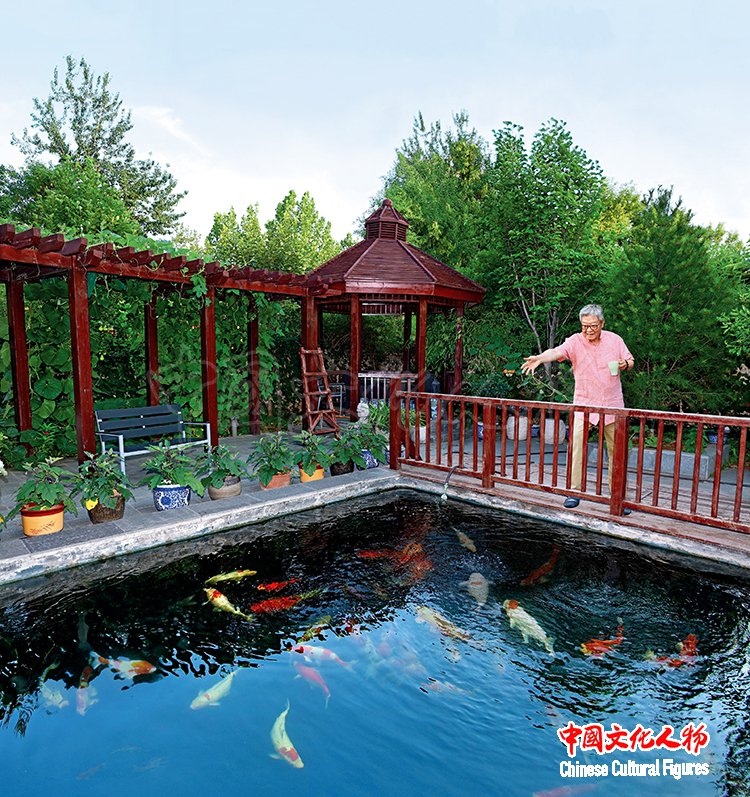
Jiang Baolin actively participated in international cultural and artistic exchanges and held exhibitions in the United Kingdom, France, Germany, Sweden, Spain, Portugal, Hungary, Chile, Côte d'Ivoire, South Korea, Hong Kong, Taiwan and other countries and regions, and made positive contributions to promote Chinese culture to the world.

"Silence" of 123×247cm, Jiang Baolin's works in 2001, collected by National Art Museum of China
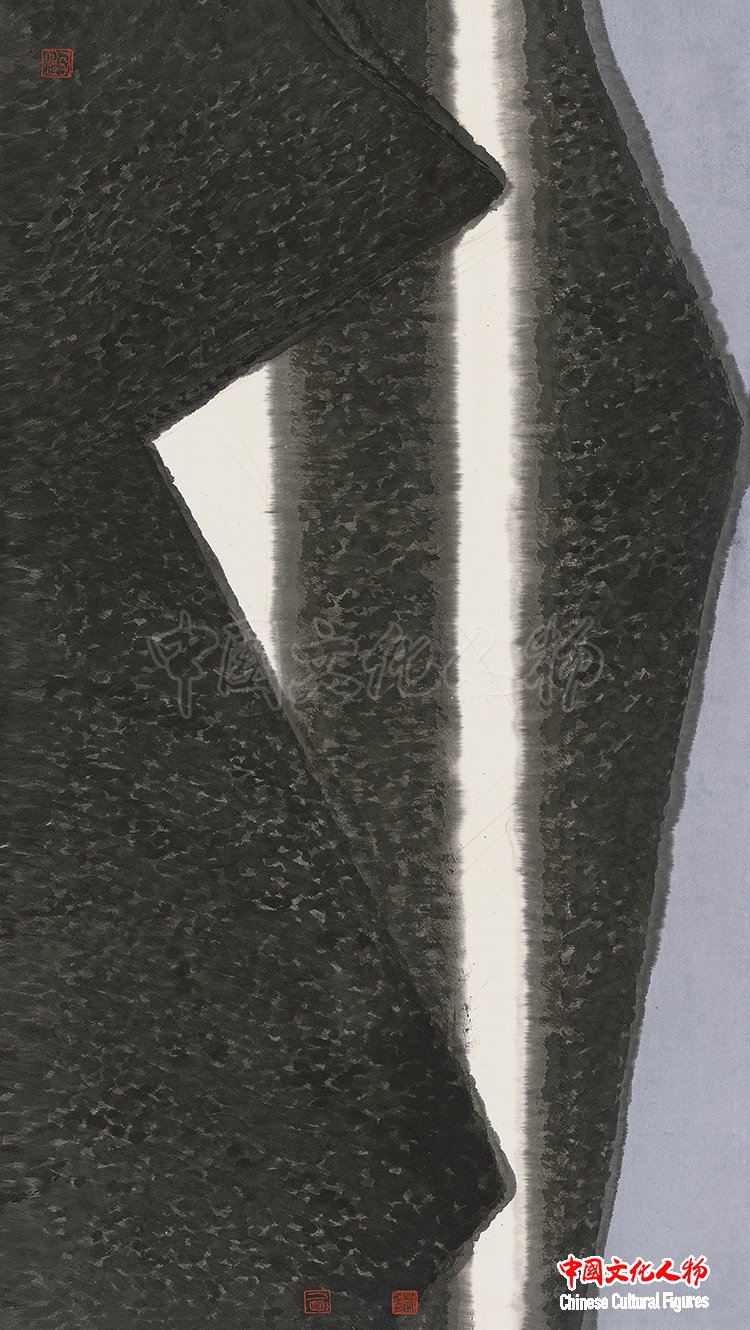
"No.2016.5 of Black, White and Grey Series" of 70x137cm, Jiang Baolin's works in 2016
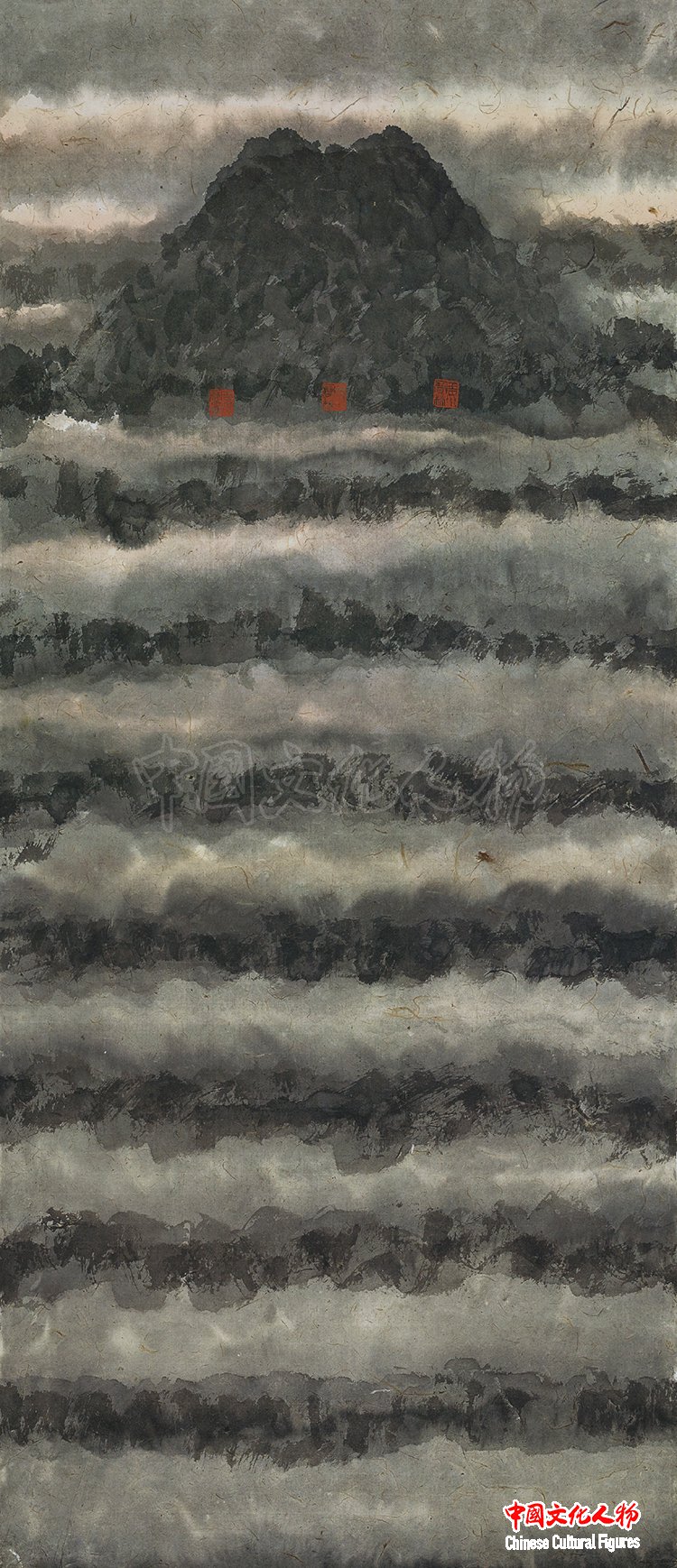
" 2018 • No.12 of Black, White and Grey Series" of 70x137cm, Jiang Baolin's works in 2018

Jiang Baolin believes that the art of Chinese paintings' writings and paintings can only create a Chinese painting art that belongs to this era by sticking to the national standpoint and starting from the requirements of brushes and ink, and giving brushes and ink a new era temperament and feeling.

"2017 • No. 17" of 69 x 138cm, Jiang Baolin's works in 2017
Chinese Culture People (By Editor-in-chief Wang Baosheng)Chinese culture is both historical and contemporary, both national and world. Only rooted in this land where the art was born and proliferated here, can the art merge in the local atmosphere, increase the strength and infuse the anger, and gain a foothold in the world cultural agitation. The so-called "people who eat the fruit think about their trees and who drink the water think about the water source." We must persist in not forgetting the original, absorbing the outside, facing the future, transforming in inheritance, transcending in learning, creating more excellent Chinese culture, reflecting the aesthetic pursuit of Chinese people, spreading contemporary Chinese values, and conforming to the trend of world progress. The works make China's literature and art stand out in the world with distinctive Chinese characteristics, Chinese style and Chinese manners.
During his studies, Jiang Baolin was successively awarded by Pan Tianshou, Gu Kunbo, Lu Yishao, Lu Weizhao, Li Keran and other famous teachers. He also conducted in-depth research and absorption of Chinese folk art and Western modern art. In the past seventy years, in the process of continuously refining the feelings of life, the concept of artistic creation that is "Needing Chinese writings and paintings while needing the modern" has gradually formed. Whether it is landscapes, flowers or calligraphy, he has deep traditional skills. However, he is not satisfied with this, but is trying to break the boundaries between landscapes and flowers and blend with calligraphy, forming a new face of abstract Chinese brush painting with both Chinese characteristics and modern aesthetic concepts.
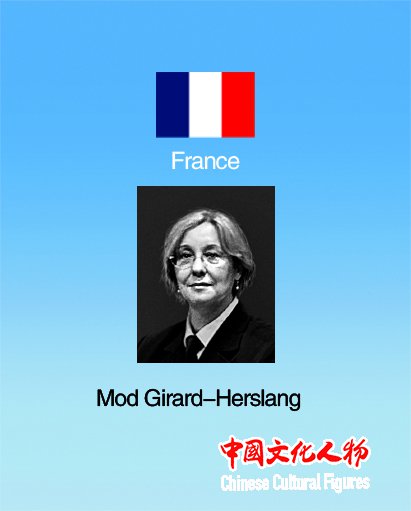
Mod Girard-Herslang: Jiang Baolin's landscape painting
- Foreword to his Solo Exhibition in Paris
Written by Mod Girard-Herslang
In the West, the most sublime painting is historical painting (related to politics or religion). While Chinese literati have always specialized in landscape painting since the tenth century, in which the literati or calligraphers have valued the movement of natural creation with their life experience. Their landscape painting is not the faithful replication of reality, and instead to recreate the world by means of Chinese ink and brushes.
Composition and movement being the focus of attention, intuitive exploration of painting space and the harmony between man and nature (man here is just a member of all the same things in nature, rather than the dominator of nature), and devotion to observing the rhythm of life, all of which are characteristic of Chinese poets and painters, bred by the philosophical tradition of a millennium in China.
Jiang Baolin graduated from the most excellent fine art academy in China, and has been an inheritor of Chinese tradition before his 50 years. However, he has been trying to inject new breath into traditional painting, which has come to an end both in terms of critical practice and aesthetic exploration.
Since the 17th century, masters like Dong Qichang, or geeks like Zhu Da, seemed to have explored all new ways of literatus paintings. Jiang Baolin’s powerful, hard, but extremely subtle brushstrokes have shown us magnificently strong landscape in nature. Rigorous analysis, energetic life, and natural nature are displayed in rich possibilities. Mr. Jiang is quite familiar with Qi Baishi’s painting. However, he has launched a reform for traditional Chinese painting in a more decent manner, compared with Qi Baishi, Zhang Daqian with innovation for a while, Wu Guanzhong employing non-traditional painting skills, and excessively free-spirited Tan Sixian (transliteration), while not betraying it.
He is skilled at wet ink painting. In his vegetation paintings, the performance of wet ink is so successful that people can even feel moisture under the leaves. Besides, he is also a skillful artist in the entire layout, showcasing the dreamscape under luxuriant leaves. He is a magician of dim light in beautifully quiet and secluded scenery, master in employing dry ink, architect who uses the new scale to reinvent the world with illusion appropriately, and designer of dancing steps with strong rhythm and vigorous ink paintings. He is good at choosing colors in the color library of traditional literati landscape paintings. These colors, though soft, are powerful enough to show the scenery that he has drawn with accurate and sophisticated strokes.
The scenery of the majestic wilderness of nature, the animals in life corners, and the houses suggesting the existence of human beings, can all be decomposed into abstract factors ,which may only make sense in interaction.
Preference for simplicity in abandoning complexity has always marked the best paintings in China. Today, Jiang Baolin is faithful to the eternity of China, and brings people a fascinating, poetic and quiet world landscape in the same way - simple ink, a little color and very absorbent rice paper. This is fully acceptable to Western audiences. As an old Chinese saying goes:"Up above there is Paradise, down here there are Suzhou and Hangzhou.
I can't help but say that Jiang Baolin has chosento live in Hangzhou with his own intentions. His life in Hangzhou is of great significance to his artistic development.
(The author is a researcher at the Jimmie Oriental Art Museum in Paris)

Michael Sullivan:The Art of Jiang Baolin
Michael Sullivan
It is an honour and a pleasure for me to write a few words to accompany Mr Jiang Baolin's major exhibition. For he is one of the most interesting living Chinese artists whose medium of expression is traditional Chinese ink and brush, yet who at the same time gives new meaning to the idea of tradition.
Mr Jiang has suggested that I comment upon what he calls his baimiao paintings. This presents me with something of a challenge, for baimiao in traditional China was an art of pure line painting, with scarcely any calligraphic Modulation,associated with such masters of figure painting as Yan Liben and Li Gonglin, Jiang's declared aim is, for the first time, to apply the baimiao technique to landscape painting.
That he produces fascinating landscapes is very evident. But is his technique baimiao as it is generally understood? Clearly not. Are we therefore to dismiss these works as failures? Assuredly not! Let us simply leave Mr Jiang with his description of his landscapes as baimiao, and look at them with innocent and receptive eyes, For true artists put their thoughts and feelings into their paintings, less often into what they say about them.
The first thing that strinks the viewer is that Jiang Baolin,in his inscriptions,describes as baimiao two utterly different kinds of landscape painting. The first consist almost entirely of layer upon layer of triangular hills,which part to reveal an expanse of water. The hills are delineated with parallel lines in an all-over pattern suggesting a maze, warmed with washes of delicate pink and blue. The resuiting work might appear somewhat lifeless and mechanical, were it not that the parallel brush lines seem to tremble and vibrate, as though the very rocks were alive. As we attune ourselves to these pictures, and begin to hear their music,we become seduced by the subtle interplay of vibration and silence, movement and stillness.
If these serene, quasi-geometric landscapes stretch the meaning of baimiao, then what are we to say of the group of ink paintings Jiang Baolin executed in the mid-Lnineties, in which Short,powerful calligraphic brushstrokes interweave, thrusting against eachother, filling the paper with such power and energy that the picture-space can scarcely contain them. Jiang Baolin tells us that, in addition to his orthodox training under Pan Tianshou and Lu Yanshao, he came under the spell of three great masters of the expressive brushstroke: van Gogh, Li Keran, and Shi Lu- a wonderful conjunction indeed! Perhaps we see here also, in his feeling for endless movement of the line through space, the impact of Mark Tobey and Jackson Pollock. But these intense compositions of Jiang Baolin's are no mere imitations of the style of these artists. Rather has his encounter with them become so completely internalised that they have become an integral part of his own creative psyche.
It is intriguing to go back and forth between these two utterly different kinds of painting, the one cool and detached, serene and silent, with no more than a hint of tremulous movement;The other dynamic, restless, even Passionate.Do they express two sides of the personality of Jiang Baolin? Only his friends will know.
But that is not the point. Art speaks its own language, of which the words are form, line, colour, movement, rhythm, balance, energy...,As Suzanne Langer put it, art is the translation of feeling into form. When we contemplate Jiang Baolin's paintings and respond to their contrasts of silence and dynamism, serenity and passion, we translate his form back into our feeling, and thereby we come to know him in a very special way. The experience is both exciting and profoundly satisfying.
(Tr. by Xiao Liling)
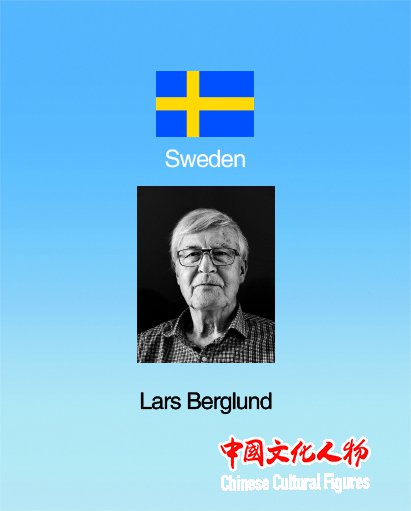
THE CONCEPTUAL NATURALISM OF JIANG BAO LIN
By Lars Berglund
Jiang Bao Lin(b 1942) is surely one of the most interesting renewers within his generation of traditional Chinese painters. Like most of his great predecessors he is well-versed in poetry, calligraphy and painting, solid grounds necessary for becoming an innovator of his calibre. Even though the brushstrokes and inklustre(bimo) of his small expressionistic studies of flowers and fruits are much influenced by his devotion to the great expressionistic school of ink painting(da xieyi) as performed by the outstanding individualists Xu Wei(1521~1593), Bada Shanren(1626 ~1705) and Qi Baishi(1865 ~1957), they are yet imbued with a personal rhythmic touch and temperament distinguished by movement, simplicity and strength. Playfully writeen for amusement, with ingenious use of minimum means for maximum descriptive results, they evoke the impression of a spontaneous calligraphic gesture utterly pleasing to the eye.
Yet, the most striking quality of his individual painting style is an extraordinary feeling for intervening space, charged with tension between voids and solids. He challenges the airy by intense density of form, a seemingly contradiction, which in his case always means a perfect control of spatial effects in every part of the painting. He knows how to fill up the entire surface with brushstrokes and dots while still keeping a tremendous feeling of airyness, light and depth. This distinctive feature makes his art quite different from others.
A fine example of what he might have described as an 'accumulated idea'(yiyun) can be seen in his rendering of towel gourds in fall. The plant is built up by layers of vivid wire-like calligraphic brushstrokes and dots, finely executed in well- modulated greys and light brown, vibrating over the surface. A wind is blowing through the plant. The tangled heap of branches and leaves are whirling and expanding in smooth light yet controlled and held together by the ingenious repetition of their most characteristic features, forming an abstract pattern of energy. It would have been quite impossible to deduce this bunch of variegated brushstorkes from reality without the two towel gourds.
However, why is Jiang Bao Lin not satisfied with a pure graphic abstraction of inklines like his American colleagues Mark Tobey(1890~1976) and Brice Marden(b 1938)? Jiang Bao Lin demands a tangible reality to paint. His artistic idea is based on connotative values(neihan). For him the abstract reaches deeper dimensions when it is supported by its counterpart the concrete and vice versa. Together they complete the painting and give emphasis to meaning, shape and rhythm. Thus Jiang Bao Lin surpasses the pure decorative abstraction by disclosing both obvious and obscure dimensions of reality. Dimensions which anybody can understand and enjoy. When accentuating empty space through density he broadens our possibilities to perceive and associate. Both his choice of details and his brushstorkes invite to interpretations, feelings and sentiments in a very broad sense. This is actually a very risky course of action because he immediately exposes himself for critical judgements. His pictures will easily be compared with reality, as well as, with all the works of other artists in the past who have painted the same subject matter. A pure abstraction can get away from such critical analyses. Following his own conviction Jiang Bao Lin has succeeded to extract new forms and characteristic structural elements from reality which are representative and typical for the towel gourd, the wistaria, the grape, the plumflowers, the trees in the forest or the landscapes. He never breaks the fragile but developes it. This elegant way of conceptual naturalism has a long history in China and Jiang Bao Lin is expanding its artistic limitations to new spiritual realms.
The great painter Qi Baishi(1865~1957) once said : - "To grow a forest in ten years is possible. But when learning how to paint it, even a lifetime might be insufficient." After many years of intense penetration Jiang Bao Lin has extracted the specific shape and inner life of the woods. It seems as if he has worked in three stages. First he deconstructs the woods, then he analyses the true nature of its different typical elements, and finally he reconstructs it using its characteristics to create an advanced optical 'woods pattern'of his own.
The sensitivity by which he approaches the material and decorative qualities of trees and flowers is exquisite and dream�like. He follows a course which is both natural and radical. Touches upon earlier traditional restrictions, returns to them again, touches upon them a second time and back again and so forth. This gentle, creative process leads him forwards with increasing awareness. His composition become a synthesis of the cosmic energy(qi) from which all rhythm and form derives. They are interpretations of reality rather than something created, imbued with 'life-giving breath'(qi) rather than likeness.
An innovator of landscape designs in outline.
The conceptual naturalism of Jiang Bao Lin comes to the fore in his highly individual renderings of landscapes. He never distorts reality, but rather creates a concrete conception(yijing) of it, which is a synthesis of his spiritual feeling for the specific structural character of each geographical spot. We are invited to share new insights and new ways of looking at landscape painting as a representation of a philosophical idea originally based on the concept of linearity generated by the interaction and complementarity of yin and yang, the two polar forces of nature which are traditionally believed to affect and unite all the different parts and details of a landscape composition. Consequently, he develops the old artistic notion, which says: When you join something in a picture, you must also think of the forces that make it expand.
When emphasizing the interplay between abstract and concrete elements, and between linear, rhythmic designs, he visualizes the dynamic forces of nature in a way which is. truly avant- garde. Sometimes he concentrates his mind on the nature of one specific mountain built up by contrasting rhythmic, whirling black veins finally crowned by a poetic stanza in black or red. Yet another step further towards the abstract is taken by his highly individual so called 'outlined landscapes'(baimiao shanshuei). Here the volume, depth and grandeur of a mountaineous landscape is symbolized by a repetition of connected zig-zag lines, or whirls, combined with shades of smooth colours. Somtimes only one empty spot in the composition evokes an impression of a lake and takes us back to reality. In other composition a few trees or stones or houses do the same. Sometimes we are puzzled whether the empty spot are lakes or clouds or both, Jiang Bao Lin plays with our creative responses. He steadily investigates the possibilities of structural description by ingenious simplification and concentration of nature's own vital nerve. Lines and colours are included in a strong excitement with each other keeping the experience of reality even when they are as most absract.
What is the underlaying idea behind these modern compositions? In a colophon to one of his outlined landscapes he gives the following explanation: - The ancients knew how to paint outlined figures and flowers but they did not paint outlined landscapes. Jiang Bao Lin knows that one of the most important things for an artist to offer his public the tremendous pleasure of rediscovery, how to enjoy and experience new aspects of the everyday. Thus, he decided to prove that the ancient art of Chinese landscape painting could be renewed and changed, and meet the visual needs of his own time, by fusing new elements of linear composition with traditional concepts. During the creative process that followed he investigated how the line had been applied in traditional Chinese folk arts like New Year prints, paper cuts. wall-paintings and ancient painted bricks and stone�engravings of the Han Dynasty(206 BC - 220 AD). He further studied Western oil painting techniques and linear designs in order to expand the visual conception of Chinese brushwork and inklustre (bimo).
Inspired by these investigations he successively broke with conventional landscape designing and created something new and exceptional. The illusion of space, distance and deep perspective in his new compositions is ingeniously created by layers of geometric forms built up by the vitality and motion of undulating, light grey inklines threading their way through the smooth-coloured painting surface like wriggling snakes or whirling smoke. These designs are modern in substance but antique in conception, a highly treasured qualitative criterion in the history of Chinese painting. In fact, Jiang Bao Lin has succeeded to develop the visual capacity of the calligraphic inkline, reinforcing the very basis of Chinese inkpainting. This is a great artistic achievement which really deserves global recognition. His recent works demonstrate with accuracy that we should no longer admit any prejudice about, or make any qualitative distinctions between, what is national or international, These landscape designs are not only decorative and meditative in the broadest sense of the word, but they have, at the same time, the artistic strength of breaking through all cultural barriers by the sheer vitality of their formidable abstract features.
Jiang Bao Lin offers us a contemplative world of its own where the blackness of the ink and the purity of the colours are a joy to the eye, while the apparent simplicity of the drawing gives peace to the soul. He demonstrates that art and life belong to each other and that the world can be transformed by art.(Chinese Culture People)
(Web edito :Zhao Jianhua)
 特别报道
特别报道


